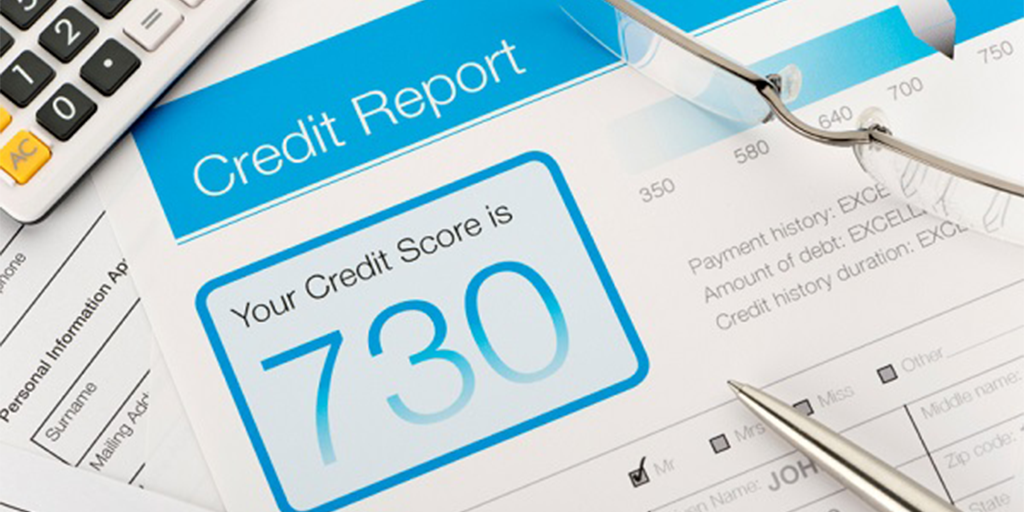
Your credit score is one of the most important factors in qualifying for a mortgage loan and also has a huge impact on your interest rate. Understanding the day-to-day habits of handling your available credit, or even saying no to those enticing 0% offers, can end up reducing your monthly payment the next time you need mortgage financing.
Here are 3 tips to help you maintain your credit score and improve your credit profile:
- Credit Utilization is Crucial
Maxing out your limit has a very negative effect with the key benchmark being 30%. If you have $1000 available, try to stay below $300 on your balance. Exceeding $500, or 50% in this example, can really drag your score down as managing your available credit is a big component.
- On Time Payments
This may seem elementary but even a single late payment can drop your score. You may consider setting up an automatic payment when available to at least pay the minimum. Then you can add to the payment each month to stay within the 30% threshold.
- Time Tells
On time payments for a longer period of time proves your ability to manage credit given. Using your credit card for purchases may sound like a poor practice but paying the balance off each month shows your consistency and adds to your credit profile positively.
Whether you are buying a second home, refinancing, a first-time homebuyer, or just plan on purchasing a home one day, we encourage you to do some research and get smart about your credit.
If you have any other questions about how your credit score plays a role in a mortgage loan or interest rate please contact a Licensed Mortgage Professional at a Homeowners Financial Group location near you.





